iHeartDogs is reader-supported. When you buy via links on our site, we may earn an affiliate commission at no extra cost to you.
Fresh produce is usually considered to be a healthy part of the diet, and the same can be true for our four-legged friends. We love sharing snacks with them, especially if we know that they’re wholesome, but it’s first important to know which foods to avoid giving to our pets.
Aside from willingly treating our dogs to a “human food” snack, sometimes our pups help themselves to the trash or counter, and that’s when we start to worry: What did they eat? If so, how much? Should I call the vet?
Below, we’ve outlined some common fruits and veggies that are either toxic to our pets, or have components that could harm them. While prevention is the best way to avoid preventable vet trips, accidents happen, and early action is the next best thing.
If you are concerned that your dog ate something toxic, call your vet, local emergency vet, or the ASPCA’s Poison Control Helpline at (888) 426-4435.
Be prepared and act fast: Keep Dr. Cuddles’ ReadyRESCUE emergency detoxifier on hand if you have a dog who likes to dig through the trash, counter-surf, or sneak treats they shouldn’t. ReadyRESCUE is a veterinary-grade detoxifier that can buy you precious time on your way to the vet if your dog eats toxic items including chocolate, grapes, onions, and more.
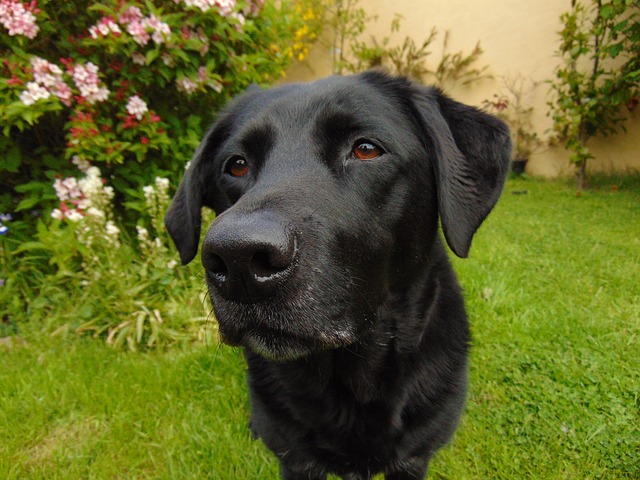
1. Grapes, Raisins, & Currants
The exact reason why grapes are toxic to dogs is unknown, but one thing is for sure: they can be deadly for our four-legged friends. Just one or two grapes can lead to permanent kidney damage or sudden kidney failure in an otherwise healthy dog. Less severe symptoms include vomiting, diarrhea, and stomach pain.
Although some pups have a higher tolerance to whatever poisonous substance is in the fruit, it’s certainly not worth the risk. Of course, this also means that dogs should never eat raisins or currants, since they’re just dehydrated grapes.
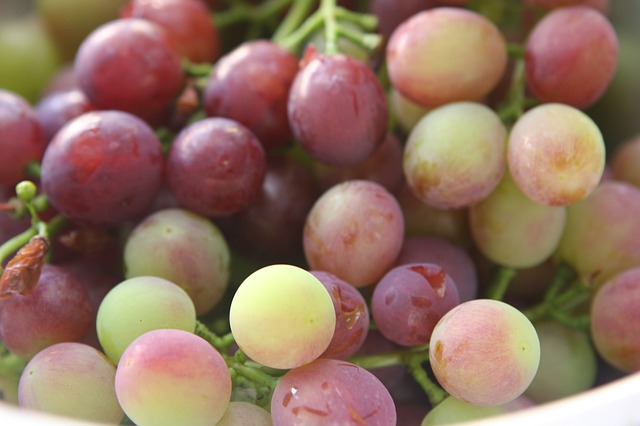
2. (Wild) Mushrooms
While mushrooms that are safe for human consumption and can be sold at the grocery store are safe for dogs to eat if served plain, the danger of wild mushrooms should be taken very seriously. Because poisonous mushrooms are so potent, you should consider every species of wild-growing fungi to be a threat to your pet. The AKC notes that pet parents can’t trust your dog to “sniff out” the toxins to avoid dangerous mushrooms on their own, since many of them have an appealing scent.
If your pooch so much as takes a nibble of a mushroom she found outside, you should call your vet or poison control immediately. Take note of the time, and gather as much information to bring to the vet as you can. In order to prevent accidents, make sure to remove all mushrooms from your yard, and scan the ground during walks and trips to the dog park for wild fungi.
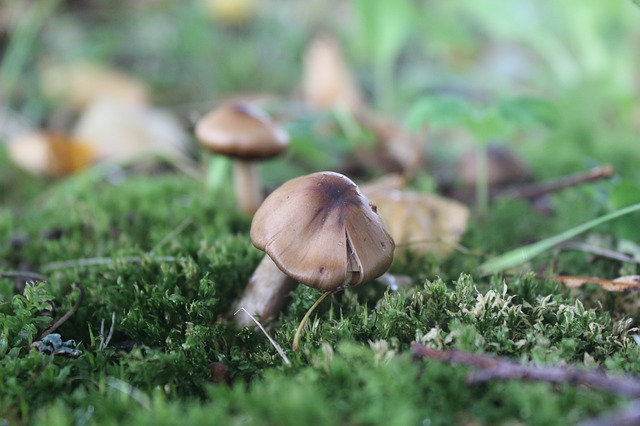
3. Potato & Tomato Plants
These two veggies (well, technically one is a fruit!) are lumped together because they’re toxic for similar reasons and in similar ways. Part of the nightshade family, potato and tomato plants – as well as raw potatoes – contain high levels of solaline, which is toxic to dogs.
The AKC explains that ripe tomatoes and potatoes have smaller amounts of this substance. An occasional bite of ripe tomato is nothing to stress about, and a few spoonfuls of plain cooked potato make a great treat for your dog.
Gardeners should be especially cautious of pups sniffing around their vegetable plants. If you suspect solaline poisoning, look for these signs, according to the Pet Poison Helpline: vomiting, diarrhea, lethargy, weakness, and confusion.

4. Rhubarb
Often a component in scrumptious desserts, pet parents should be careful about having fresh rhubarb out on counters or growing in their backyards.
According to the Pet Poison Helpline, the plant contains soluble oxalate crystals, which deplete calcium in the body and is especially concentrated in the leaves. The good news is, it takes a large amount of this substance for dogs to suffer severe symptoms. However, consuming too much can potentially cause renal failure. Pet parents who have rhubarb growing in their gardens should be especially cautious.
The Pet Poison Helpline says common symptoms of toxicity include: drooling, inappetance, vomiting, diarrhea, lethargy, weakness, tremors, bloody urine, changes in thirst and urination.
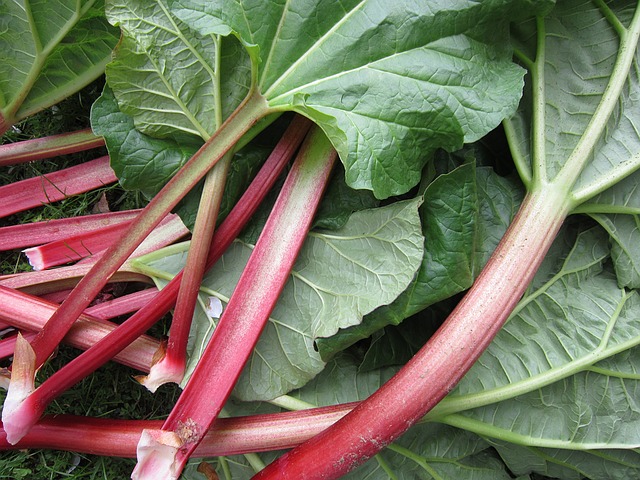
5. Seeds, Cores, & Stems: Apple, Plums, Peaches, Apricot, Cherries, Persimmons
The flesh of these fruits are usually fine to share with your pooch in small amounts, but make sure she doesn’t ingest any stems, cores, or seeds. These parts of the fruits could cause an intestinal blockages, pose choking hazards, and contain toxic cyanide. A single cherry or apple seed probably won’t cause any damage, but if your pooch gets into your batch of fresh-picked apples or bag of cherries, a call to the vet should definitely be in order.
According to One Green Planet, the article states that signs of cyanide poisoning include:
“…dilated pupils, hyperventilation (rapid breathing or panting), shock, vomiting, cardiac arrhythmia, and skin irritations. Persimmon and its seeds in particular can cause diarrhea, then intestinal inflammation.”
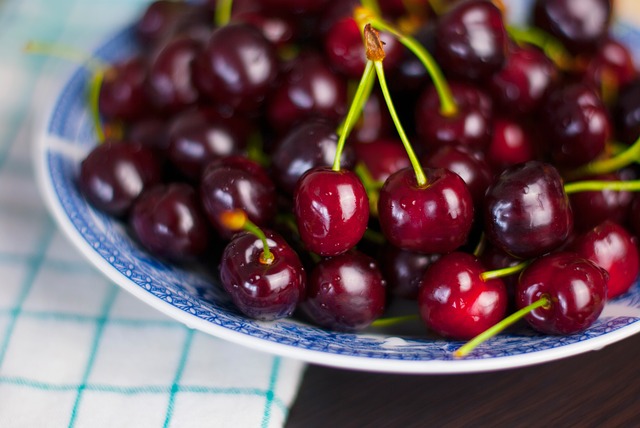
6. Avocados
It’s great for humans to be into the avocado craze, but the fruit (yep – it’s actually considered a berry!) isn’t necessarily great for our furry friends. Avocados contain persin, a natural toxin that’s especially prominent in the skin, leaves, and pit of the plant. However, some persin is also present in the flesh of the fruit, which is why most sources will tell you not to feed it to your dog.
While overexposure to persin can cause heart failure and death, many online sources say that eating a small amount of the flesh may cause stomach upset for your dog. Even the AKC website says that the most dangerous part of the fruit is its pit, which not only contains persin, it can be a serious choking hazard. If you’re worried about feeding your pup avocado, it’s best to avoid it altogether, and if she snarfs some slices from your plate, it never hurts to give your vet a call.
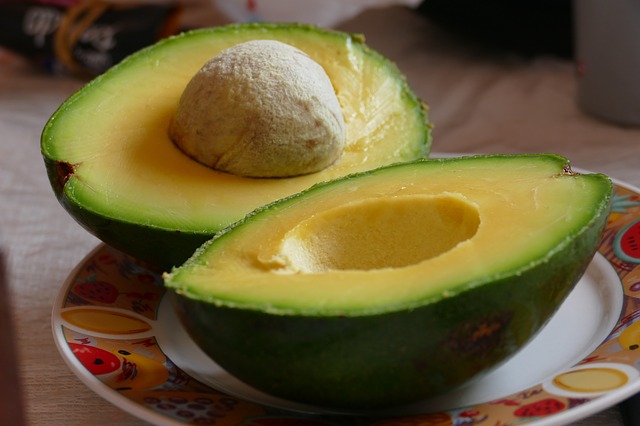
7. Onions and Garlic
You know how onions and garlic are often the start of our delicious meals? Turns out, they’re not so great for our furry pals. In fact, they’re both highly toxic to dogs. Both onions and garlic belong to the Allium family, and when dogs eat enough of them, it can mess with their red blood cells, leading to a condition called hemolytic anemia. This means their body destroys the red blood cells faster than it can make them! And it doesn’t matter if they’re raw, cooked, or in powdered form; they can still cause problems. So, next time you’re whipping up a feast, best to keep the onion rings and garlic bread away from those begging eyes.
If your dog sneaks some onions or garlic, watch for these symptoms of garlic and onion toxicity:
- Lethargy or tiredness
- Weakness
- Disorientation
- Dark reddish or brown-colored urine
- Pale gums
If you notice any of these symptoms, it’s important to contact your veterinarian immediately.
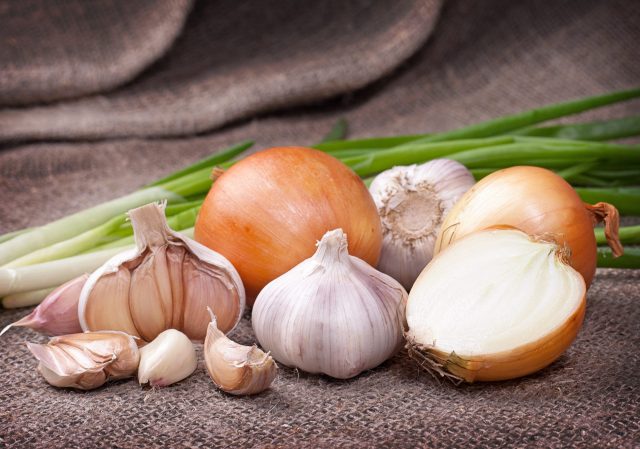
Be prepared and act fast: Keep Dr. Cuddles’ ReadyRESCUE emergency detoxifier on hand if you have a dog who likes to dig through the trash, counter-surf, or sneak treats they shouldn’t. ReadyRESCUE is a veterinary-grade detoxifier that can buy you precious time on your way to the vet if your dog eats toxic items including chocolate, grapes, onions, and more.
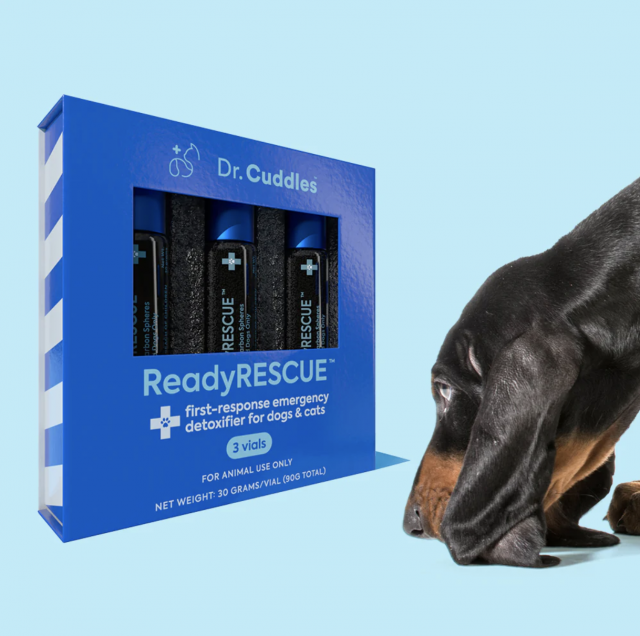
 Toledo, United States.
Toledo, United States.
